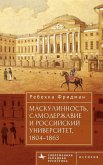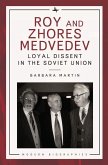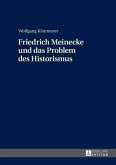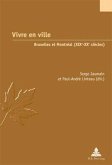ENG: Defining the Others, "them", in relation to one's own reference group, "us", has been an essential phase in the formation of collective identities in any given country or region. In the case of Russia, the formulation of these binary definitions - sometimes taking a form of enemy images - can be traced all the way to medieval texts, in which religion represented the dividing line. Further, the ongoing expansion of the empire transferred numerous "external others" into internal minorities. The chapters of this edited volume examine the development and contexts of various images, perceptions and categories of the Others in Russia from the 16th century Muscovy to the collapse of the Russian empire. RUS: Обозначение, или определение 'других' по отношению к собственной группе 'мы' лежит в исторической основе формирования коллективной идентичности, 'самости'. В российских источниках формулирование этих 'двойных' определений можно проследить вплоть до средневековых текстов, в которых главной линией, делящей группы на 'своих' и 'чужих', стала религия. Кроме того, расширение империи постоянно превращало многочисленных 'внешних других' во внутренние меньшинства. В этом сборнике рассматриваются развитие и контекст различных
Bitte wählen Sie Ihr Anliegen aus.
Rechnungen
Retourenschein anfordern
Bestellstatus
Storno








